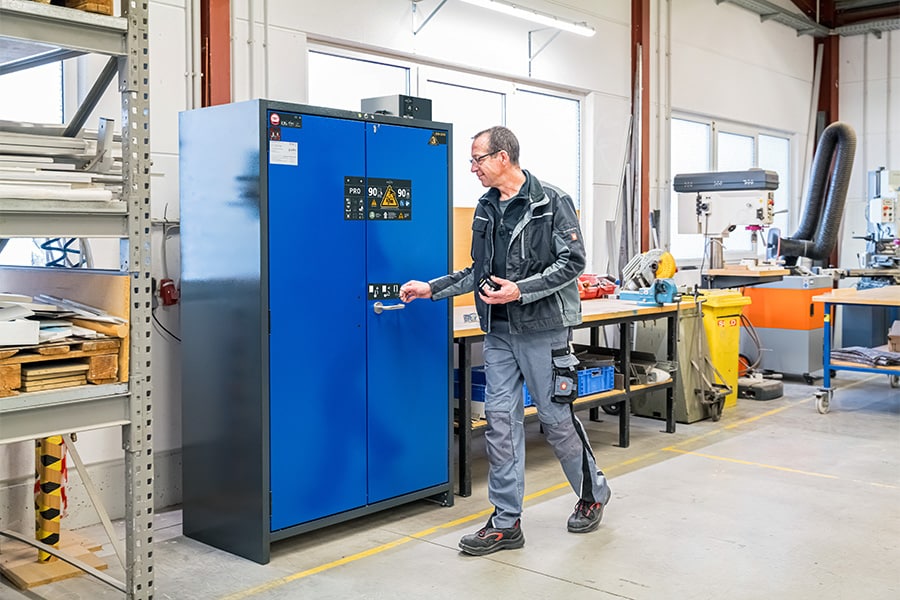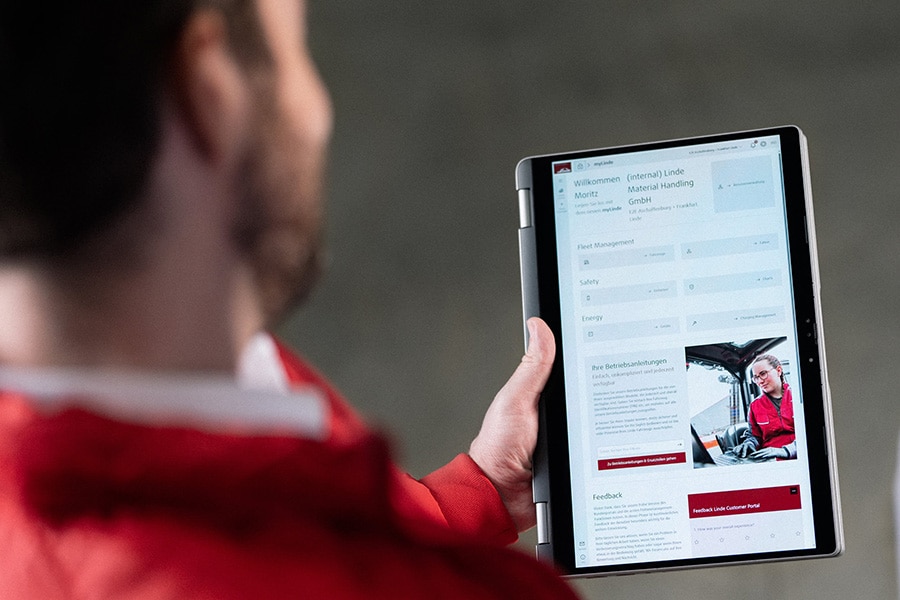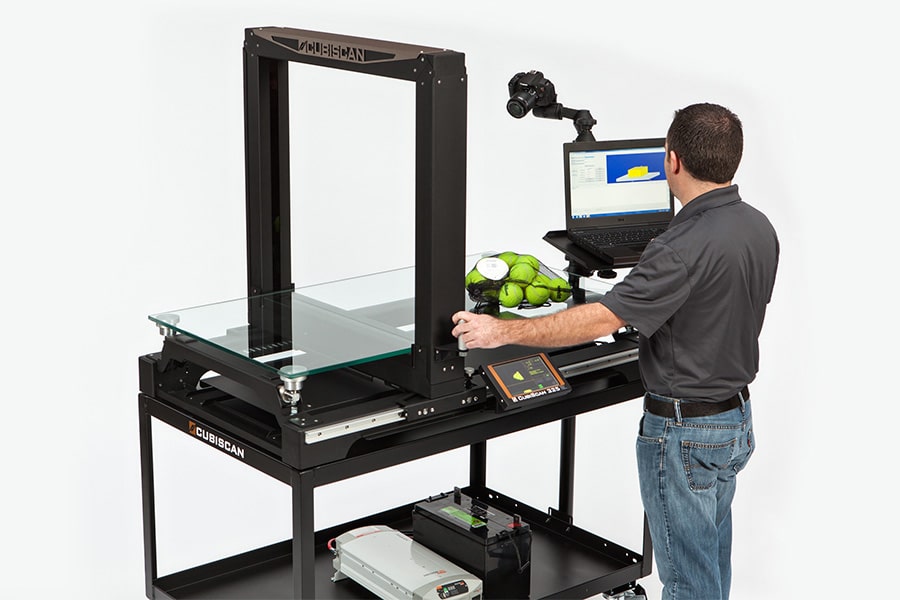
Benchmark findings highlight benefits of uniform trade and areas for improvement among European retailers
The challenges facing retailers in Europe have always been complex and require a tailored approach to strategies that do justice to the unique cultural flavor and nuances within each country. This while simultaneously balancing the diverse economic backgrounds and priorities of their markets.
To date, Manhattan's benchmark reports have surveyed more than 200 specialty retail brands in the U.S., Latin America and now Europe (50). What initially began as proprietary research to help develop research and development and product roadmaps quickly evolved into something potentially much more impactful and insightful from a broader industry perspective.
Unified commerce enables retailers to operate in a wide range of environments, connecting diverse consumer preferences with integrated shopping experiences in a way that creates a continuous, seamless customer journey and goes far beyond simply selling products.
Global e-commerce sales will reach $6.3 trillion this year, according to recent research by Shopify. The findings and lessons from the 2024 benchmark will help retailers seize this huge opportunity. The report also helps them develop and accelerate new in-store opportunities. It is a key to success in 2024 and beyond.
The importance of search and discovery for European consumers
European retail is thriving on integrating digital options with physical stores. This makes "search and discovery" a key battleground for retailers.
Search and discovery refers to retailers' range of capabilities and experiences that help shoppers find the products and services most relevant to them. To do this, a retailer must be able to curate a personalized experience based on customer intent.
Are they looking for a specific item they desperately need? Are they exploring the brand for the first time and need to understand how it fits their lifestyle? Or perhaps they are shopping for a special occasion?
This categorization is important because the conversion rate is 37% higher for shoppers who initiate interaction with a retailer through a product search, while 32% of shoppers go to another retailer if the desired product is out of stock.
European leaders in this segment have higher acceptance rates than their peers in terms of customer experience capabilities, such as category-specific filters, product recommendations, notifications that the product is available again, real-time inventory visibility and product sourcing and rating.
Nevertheless, acceptance of options such as AR and VR tools, recommendations based on previous purchases and carbon footprint information is still relatively low. This indicates that there is plenty of room for development, even among Europe's largest specialty retailers.
Improving shopping cart and payment experiences improves customer satisfaction
'Shopping cart and checkout' refers to the range of options and experiences offered that help shoppers make a positive decision at the most critical point of conversion, or to still leave the cart.
The modern shopping journey is characterized by a staccato, start-stop nature. Retailers must offer consumers seamless continuity as they switch between physical and digital spaces, as well as between shopping carts and wish lists. As a result, shoppers do not have to bear the burden of repeating phases more than once.
This segment should be important to retailers because benchmark results show that more than half (51%) of shoppers say the checkout is the "No. 1" area that retailers should focus on to improve the shopping experience. Over a third (37%) say they would abandon their shopping cart if they had to re-enter payment or delivery information multiple times. 35% also claim they would also abandon a shopping cart if the checkout process took too long.
European leaders in this segment have higher acceptance rates of customer experience options, such as visibility of promotional codes in the shopping cart, accelerated guest checkout and payment options, including gift cards and monthly installments. However, significant shortcomings remain, and acceptance of high-impact options such as paying via close-loop wallets, using clickable promotional codes and redeeming loyalty points for payments is still low.
Keeping brand promises is more important than ever
Promosing and fulfillment, the third area this benchmark looks at, refers to the range of options and experiences that provide shoppers with choice, confidence and clarity about how and when to receive their orders.
If retailers can help customers throughout the shopping journey with important ordering and delivery-related information, they increase the likelihood of conversion.
"When can I get this item and how? Can I order one item for in-store pickup and another for delivery as part of the same order? Can a store associate help me reorder an item that is currently out of stock in my preferred color or size? Or can I change my order after purchase because I've changed my mind?"
These are all scenarios that will probably sound familiar to many of us. But since 73% of shoppers value same business day delivery, 59% prefer a subscription-based model to have their essential supplies delivered and 68% want self-service capabilities that allow orders to be edited after they are placed, these types of questions are really challenging.
Leaders in Europe show higher adoption of customer experience capabilities, such as multiple delivery options including BOPIS (Buy Online, Pick Up In Store), order tracking and real-time order updates and self-service capabilities. However, the number of split deliveries, the ability to compare delivery dates before checkout and change orders after purchase is still low.
Improve customer service with a combination of digital tools and human empathy
Shoppers are pushing retailers to two extremes when it comes to service and support. First, they say, "give me service options that don't interrupt the course of my day," and then, "make me feel special through high-quality, personalized services."
Specialized retailers can balance the two by using digital tools to improve service efficiency. In addition, the human empathy of store and call center employees can help create authenticity and trust.
Only one-third of shoppers say retailers offer them a personalized shopping experience. Just over half (54%) say they found refund and return processes very time-consuming, while nearly two-thirds (65%) say they prefer 24/7 customer service availability.
Leaders in this segment show high acceptance rates in areas such as e-mail support, calling or live chat, wish list creation and management, in-store self-checkout and return assistance. However, support via text or social media, maintaining subscriptions and a store associate's ability to look up a customer's purchase history still remain low.
Retailers who embrace a unified commerce approach can go beyond just selling products. They can create a place where experiences resonate across borders; drive up to three times higher revenue opportunities and realize the kind of brand loyalty every retailer craves.
Download the report here for more information on Europe's first Unified Commerce Benchmark for Specialty Retail and how being a leader in unified commerce can create six times more revenue opportunities for your brand.



